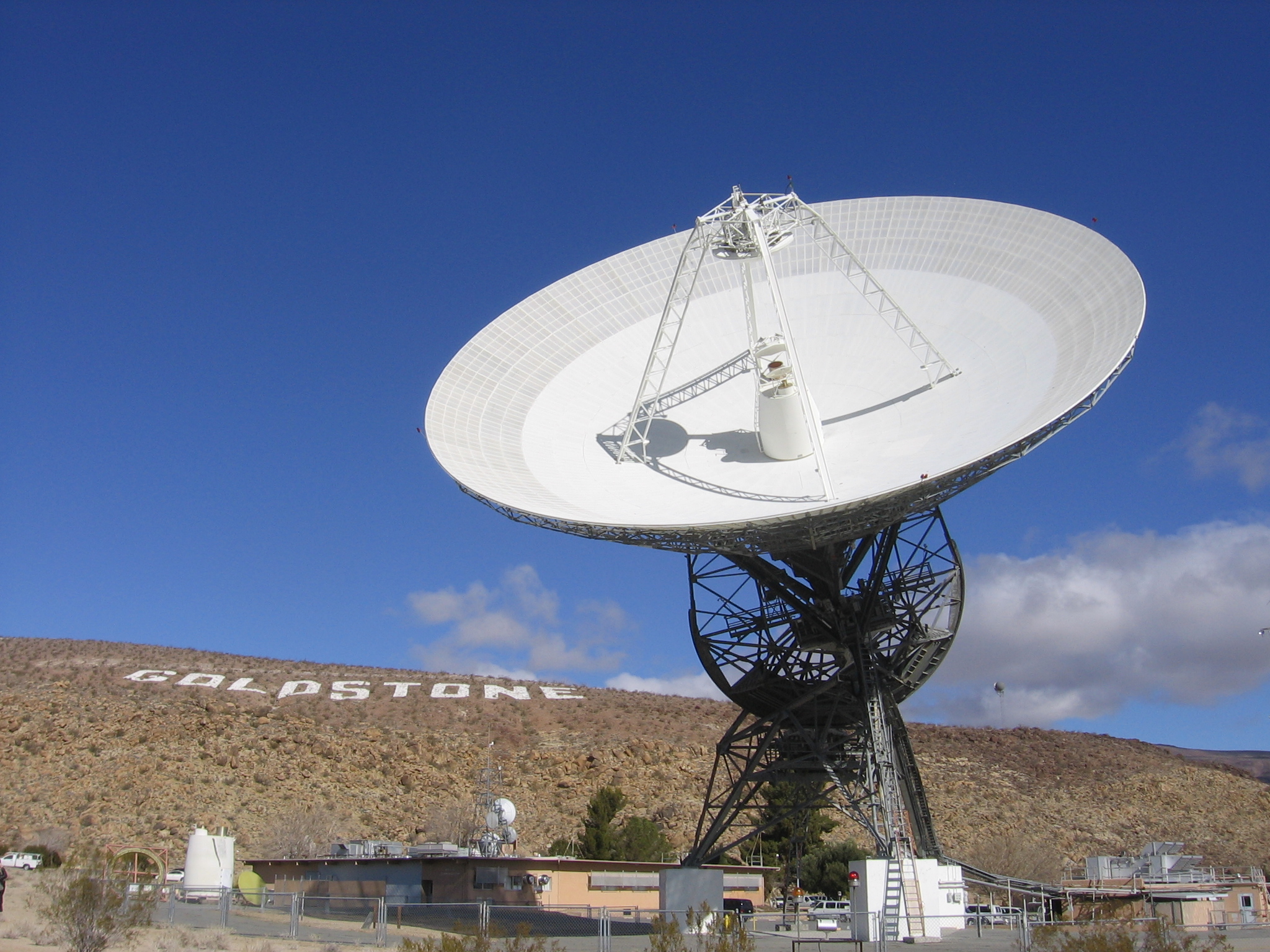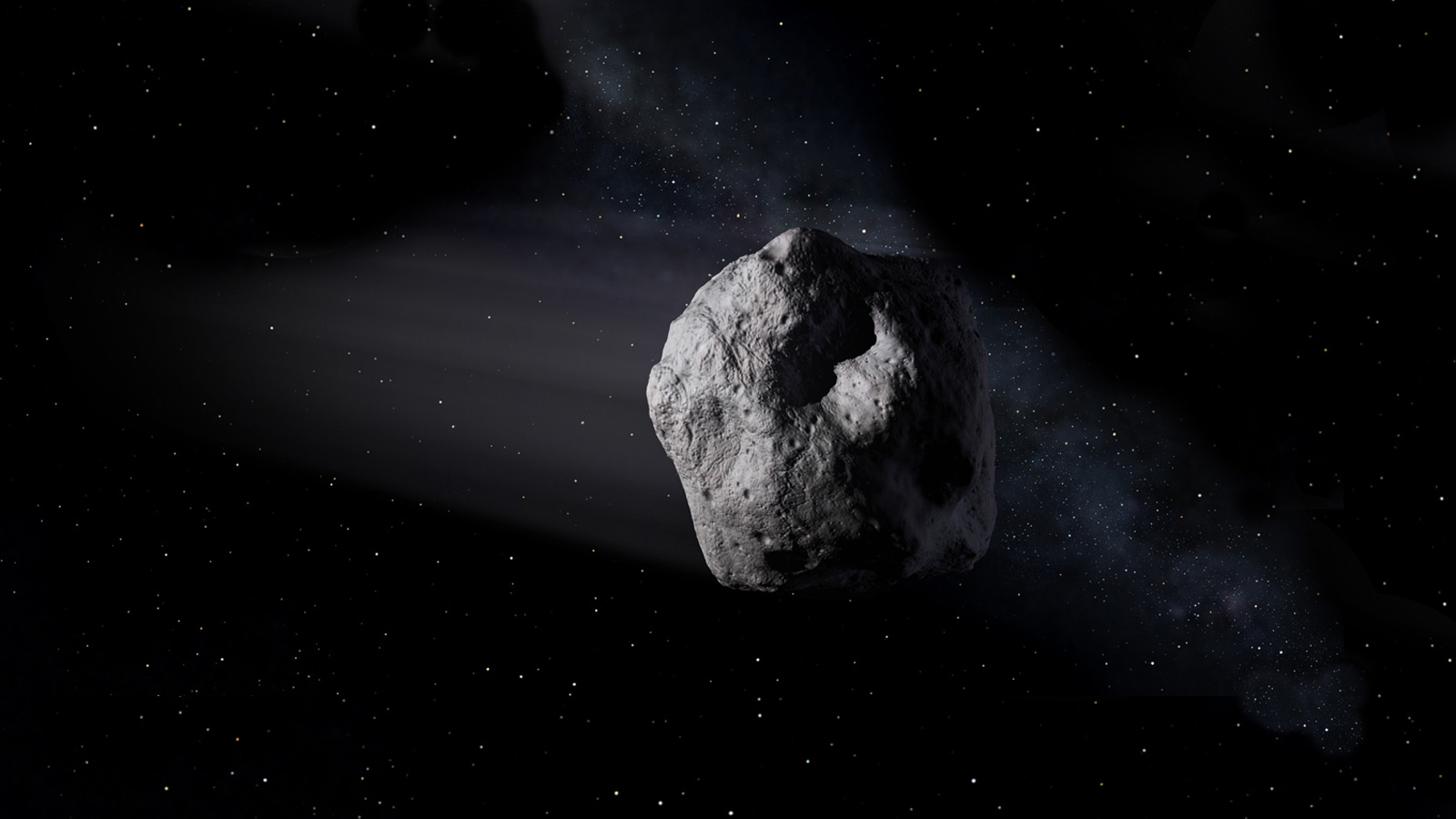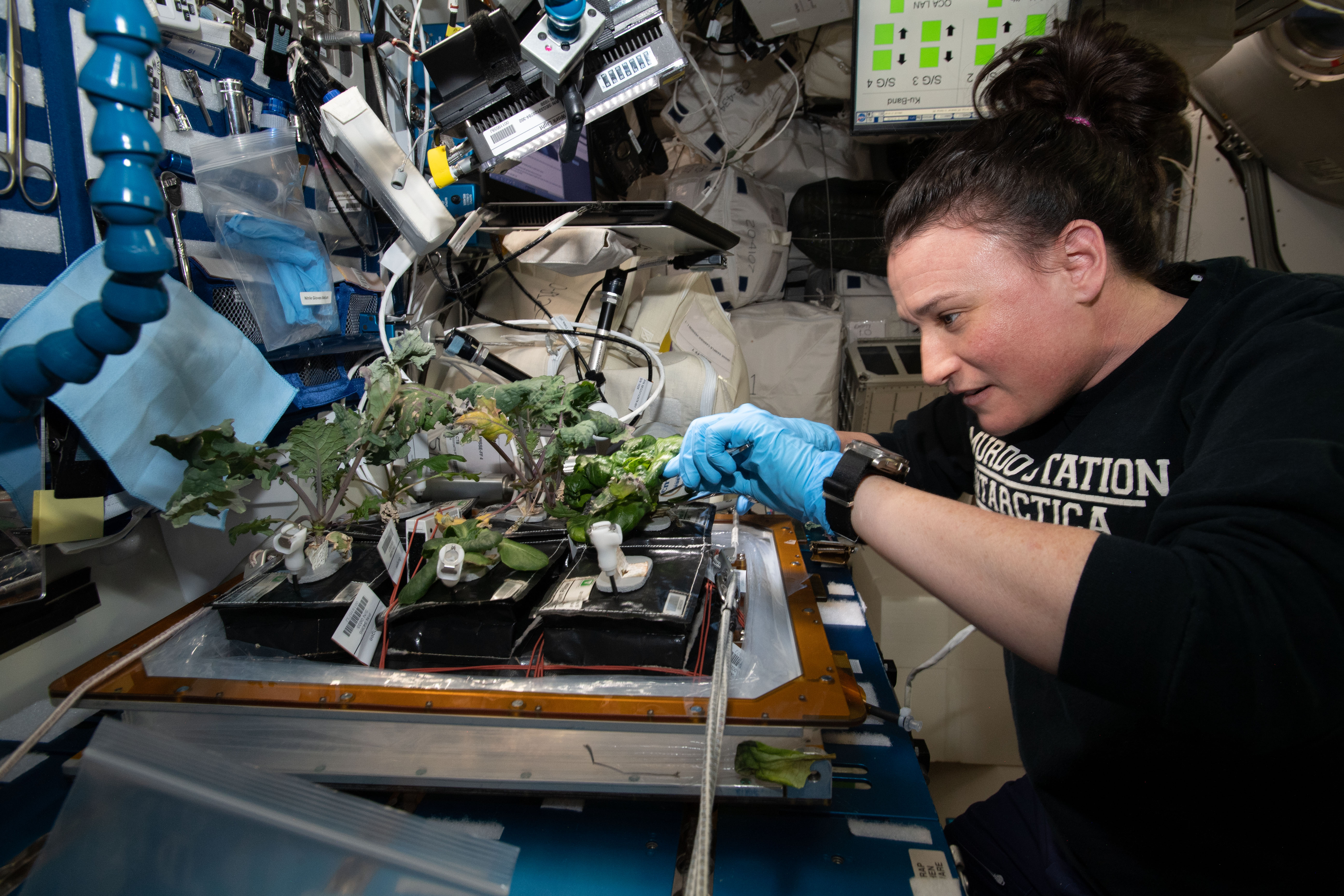
Across the country, many kids have recently gone back to school for the first time since the pandemic started, even as a host of others are still learning at home. As we look for ways to get back into hands-on learning, citizen science offers ready-made projects for kids and adults alike. These science experiments and science lessons are perfect for parents to do with their kids at home, too.
To help out, SciStarter and NASA are hosting a session on May 21 called “NASA Citizen Science @ My School” as part of the upcoming CitSciCon. It’s a free, open-door series of online interactive events featuring NASA scientists who need the public’s help with their research. (Update: The event video is now available on YouTube.) CitSciCon is organized by SciStarter, a popular citizen science hub, and the Citizen Science Association. During this special schools-focused event, which kicks off at 11 a.m. ET, participants will hear from educators and students involved in the projects, have the opportunity to ask the project scientists questions, and learn how to get started with citizen science in time for the summer or new school year.
Here’s a glimpse of four of the NASA citizen science projects the CitSciCon session will cover. Project scientists from NASA will share how volunteers can help researchers detect asteroids and other objects in space, help ground-truth NASA satellite data, and even experiment with plants to help scientists grow food for missions to Mars.

GLOBE Observer
NASA researchers are tapping citizen science volunteers to track changes on Mother Earth by submitting images and data to the NASA GLOBE Observer program. In this special schools-focused CitSciCon event, researchers will talk about how the project’s app lets you participate in one of several different initiatives aimed at keeping watch over the ways our planet is changing.
NASA scientists want to keep an eye on trees and land cover around the world, as well as improve their cloud and mosquito monitoring abilities. Help out by submitting photos of trees, clouds, mosquitos or landscapes to the relevant project, no matter where you are on the planet. The GLOBE Program is also providing data for citizen science projects in schools around the world. That means your observations are an important part of introducing students to science.

International Astronomical Search Collaboration
There are many objects in our solar system still waiting to be discovered. The International Astronomical Search Collaboration (IASC) opens up that search to citizen scientists around the world by providing them with high-quality astronomical data.
During the CitSciCon session, researchers will outline how volunteers search through images and other data to uncover new objects near to Earth and report them back to project leaders. Additionally, you can join a month-long Asteroid Search Campaign to work alongside teams from many countries as they try to spot asteroids in the data.

Growing Beyond Earth
As astronauts look forward to longer missions beyond Earth, they’ll need to figure out how to grow their own food in space. NASA is conducting multiple experiments exploring the issue, and there’s a way for student citizen scientists to help them out.
The Growing Beyond Earth project, operated in partnership with NASA, enlists middle and high school students to test out different varieties of plants and growing techniques using a plant habitat exactly like the one used on the International Space Station. During CitSciCon, researchers will talk about how students can cultivate plants and gather data on yields and plant health for NASA.
The project has already identified several promising new candidates for space flight, and 10 student-tested varieties have been selected by NASA researchers to be ground tested at Kennedy Space Center’s GreenLab.

Goldstone Apple Valley Radio Telescope
Astronomers rely on radio waves from space to learn about stars, planets, black holes and more. Now, teachers and students can study the basics of radio astronomy, and even help NASA scientists study the cosmos at the Goldstone Apple Valley Radio Telescope (GAVRT).
CitSciCon will walk participants through how they can learn to use Deep Space Station-28, a 34-meter long radio telescope located in a remote area of the Mojave Desert. It’s a unique opportunity to get involved with real space research and explore the tools astronomers use every day to study the cosmos.
Teachers can sign up for special training sessions that will let them learn how to control the antenna and how to design a curriculum around the project.
You can register in advance for “NASA Citizen Science @ My School.” Or, visit the CitSciCon landing page to learn more about the event and its dozens of featured projects.

